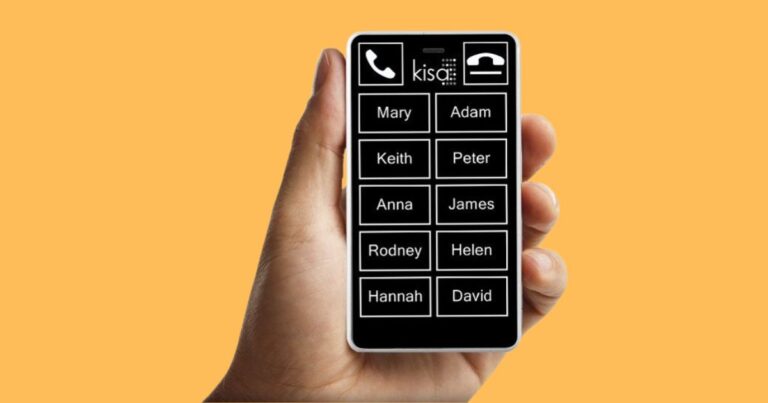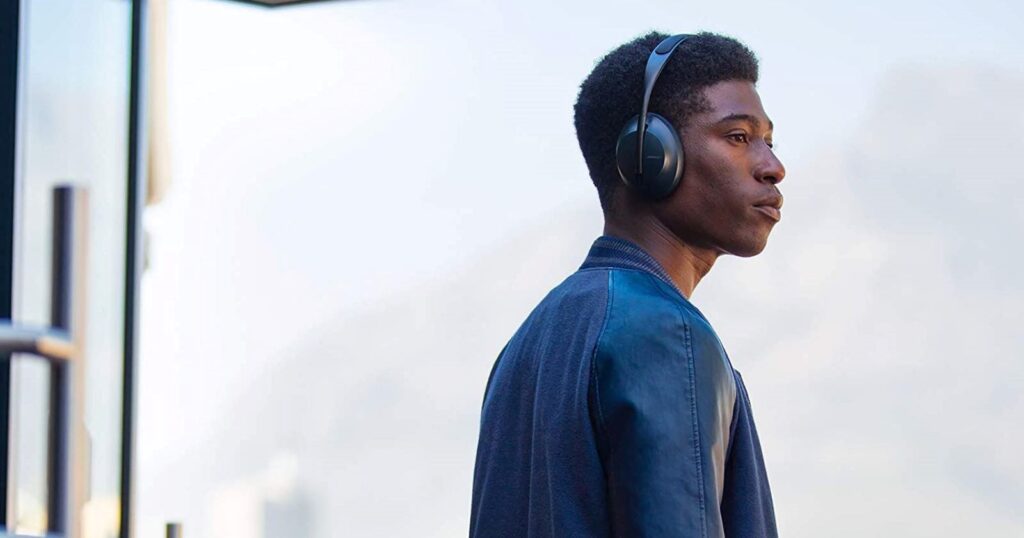The key difference with the KISA phone is that it does not have a screen in any way. There’s no requirement for touchscreen capability, so people who find touchscreen precision difficult if not impossible can still make and take phone calls.
Instead, it has a selection of mechanical buttons, which can either have the names of call recipients or optionally printed pictures of those people on them. Calling to that person is as simple as pressing the button, and the use of images means that you’re not reliant on the phone’s owner being able to read or discern a particular script. For vision impaired users, it’s also possible to have braille imprinted onto the buttons for selection purposes. On the rear of the phone, you can have specific details printed, such as the owner’s name and an emergency contact number.
Keeping with that “keeping it simple” spirit, the KISA phone uses a simple mechanical switch at the rear, near an SOS button that can be used to sound an alarm and call emergency services if required. When that call is made, the phone switches to speaker mode, so there’s no need for the caller to hold the phone up to their ear. The phone itself also acts as a GPS tracker, making it a potentially appealing prospect for parents who might want a very simple calls-only phone for their young children.
All of this does mean that each KISA phone is a made-to-order prospect, very specific to its user and their needs. KISA is also NDIS approved, which means that it’s possible to acquire a KISA phone as part of your NDIS support package – subject of course to the specifics of your NDIS plan and its goals.





